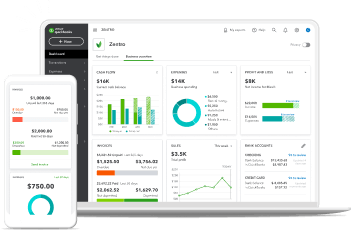1. Retainer Contract
What it is:
A retainer is a lump sum paid to a provider that basically serves to “rent” your services for a specific amount of time each month. Your client will pay a fee upfront, say $2,000, and you’ll bill against that amount for your services, based on an hourly rate. This agreement works well if you regularly do a variety of work for a client that involves different skill sets – for example, a lawyer might include a weekly one-hour planning phone call and review of four contracts.
Benefits:
This type of agreement allows both the client and the service provider to budget without surprises and without having to devote time each month to creating a scope of work. In addition, it means that you, as a service provider, know that you need to be available to that particular client for a set time each month so you don’t inadvertently fill up your calendar just when they need you.
What to watch for:
With a retainer agreement, you’ll want to line out what happens when your designated time goes over or under the agreement. For example, perhaps your client is on vacation and skips two calls and one release. Should you apply that amount to the next month or do additional work to make up the difference? Make sure your contract includes clear expectations for how to handle this situation and a plan for when you will alert the client that you are nearing the limit of the retainer.
In addition, you’ll want to watch for “scope creep,” which happens when projects expand. For example, sometimes a client might come to a builder with a variety of change orders once they see their home materializing, or decide that they don’t like the cabinets after all, which can lead to costly delays. Or, a customer may ask an interior designer to “just take a quick look” at another room while you’re presenting concepts for a kitchen or change their mind and request hues of blue when they had specified shades of yellow. Determine how you’ll deal with scope creep, such as whether you’ll increase the retainer or project fee or bill hourly.








